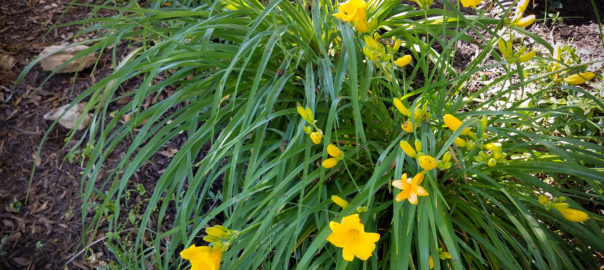Hello Friends, Neighbors, Fellow Gardeners,
Hope you are staying safe and healthy! Here are some garden tips, educational opportunities, and videos for June. There are some events that have been modified to online classes, check out U.S. Botanic Garden, Master Gardeners of Montgomery County, and Maryland Gardens. A lot of gardening events are announced on Facebook and we share them on our Facebook page as well as on our mctgardenclub.org website. Some live events have been set up for online preordering and limited to ensure everyone’s safety.
Planning
- Peruse fall bulb catalogs.
- Plan who is going to water plants during vacation.
- Plan where fall bulbs will go.
- Go on a virtual garden tour to see what plants are thriving in other’s area home gardens.
- As the heat and humidity move in, take it easy by working in the morning or early evening to avoid intense sun and humidity. Leave the big projects for the fall.
- Read a good gardening book or magazine.
- Have a question about gardening? Check the University of Maryland Extension’s New Maryland Grows blog for garden tips.
- Support Our Local Farmers – Join a CSA and have fresh local produce delivered to you!
- Visit a local farmers’ market.
“During shelter-in-place, farmers’ markets remain open as an essential service, providing a vital source of fresh fruits and vegetables and food staples for our communities in a spacious, open-air setting. But our community and our farmers’ markets could be jeopardized if we don’t each do our part to stay safe during this public healthy crisis.
In good times, farmers’ markets have been places to gather and converse, however, now is the time to follow public health and safety advisories and resist the urge to linger and socialize. We all have a critical role to play in preventing the spread of COVID-19.”
How to Support Farmers and Safely Shop at Farmers’ Markets

Download Montgomery County’s Office of Agriculture 2019 Farmers Market Flyer to find a farmer’s market near you.

The new opening day for the #derwoodfarmersmarket is May 16! Preordering is now possible through the Whats Good app! More details: https://buff.ly/2xQ6zAi
Check the website for times and Covid-19 guide: https://buff.ly/2WFBSpD
National Pollinators Week is June 22-28th!
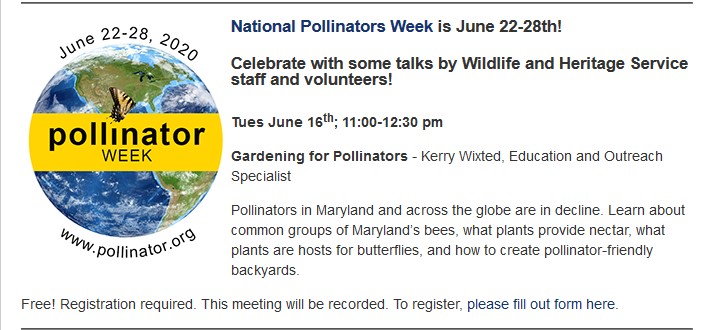
Maryland Department of Natural Resources is hosting a free talk “Gardening for Pollinators” on June 16 at 11 am. Learn about common groups of Maryland’s bees, what plants provide nectar, what plants are hosts for butterflies, and how to create pollinator-friendly backyards. Register here: https://us02web.zoom.us/meeting/register/tZEpde6urTwoHtYrrK55SNeJ8Cn5rGv3c4U5
Climate and Sustainability Webinars with Dr. Sara Via

Use this link to register https://umd.zoom.us/
Let’s Talk Gardens

Turn your thumb green! Join Smithsonian Gardens’ horticulturists for a series of free lunchtime webinars on gardening basics on Thursdays 12 to 1 p.m.
June 18 – Making Homes for Native Bees
July 2 – Simple Summer Herbs
July 9 – Monarch Waystations for Any Size Garden
July 16 – Make an Exuberant Container
July 23 – Designing a Garden – Foliage First
July 30 – Creating Compost
https://gardens.si.edu/events/lets-talk-gardens/
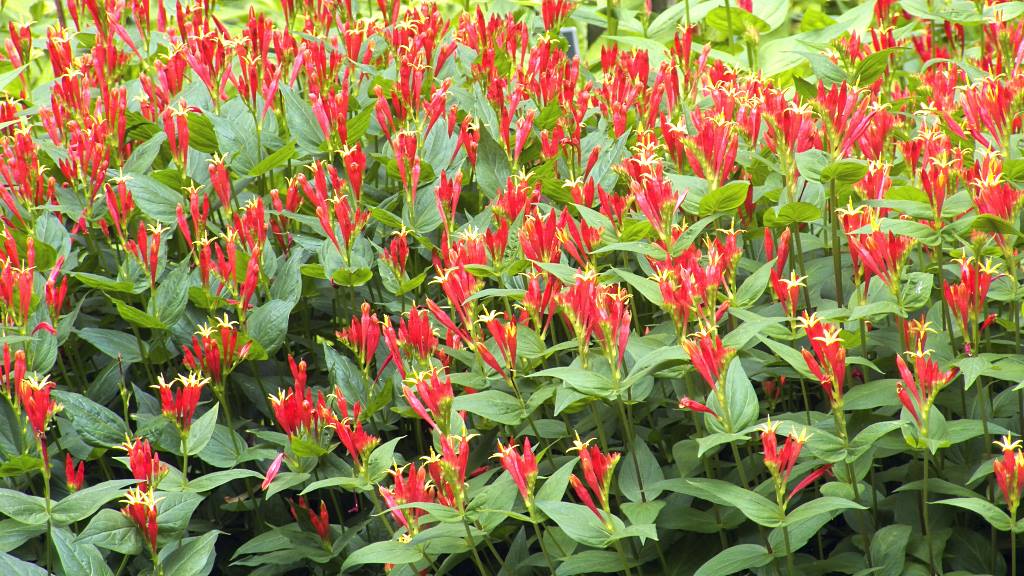
Montgomery County Master Gardeners Tip
Spigelia marilandica grows in part sun or part shade. It blooms in June and attracts hummingbirds. It has no serious insect or disease problems. https://extension.umd.edu/learn/spigelia-indian-pink
Flowers and Groundcovers
- Remove spent lilac and rhododendron blossoms.
- Pinch buds of fall-blooming plants (asters, mums, Joe-Pye weed).
- Deadhead flowers.
- Fertilize spring blooming bulbs (azaleas, rhododendrons) after flowering. Monitor them closely for any lacebug damage.
- Try a few tropical plants for your patio.
- Start a sunflower patch with the help from a few kids.
- Take cuttings from roses to start new plants.
- Stake tall plants.
- Pinch out growing tips of leggy plants.
- Plant hardier transplants.
- Plant summer flowering bulbs.
- Water transplants deeply when dry.
- Walk your garden — look for early signs of fungal disease.
- Divide perennials and herbs.
- Fertilize transplants with 1/2 strength houseplant fertilizer (every 2 weeks)
- Weed—especially look for fast-growing vines such as honeysuckle, autumn clematis, bittersweet, wild grape, Virginia creeper, and poison ivy.
- Apply deer deterrent.
- Pests to watch for: Aphids, Deer, 4-lined plant bug, slugs, snails, spidermites, whiteflies.
- Diseases to watch for: Blackspot on roses, powdery mildew, rust, bacterial diseases.
- See UMD’s HGIC Garden Tips for more details.
- For a list of native plant resources, visit: https://extension.umd.edu/hgic/topics/native-plant-resources

Trees and Shrubs
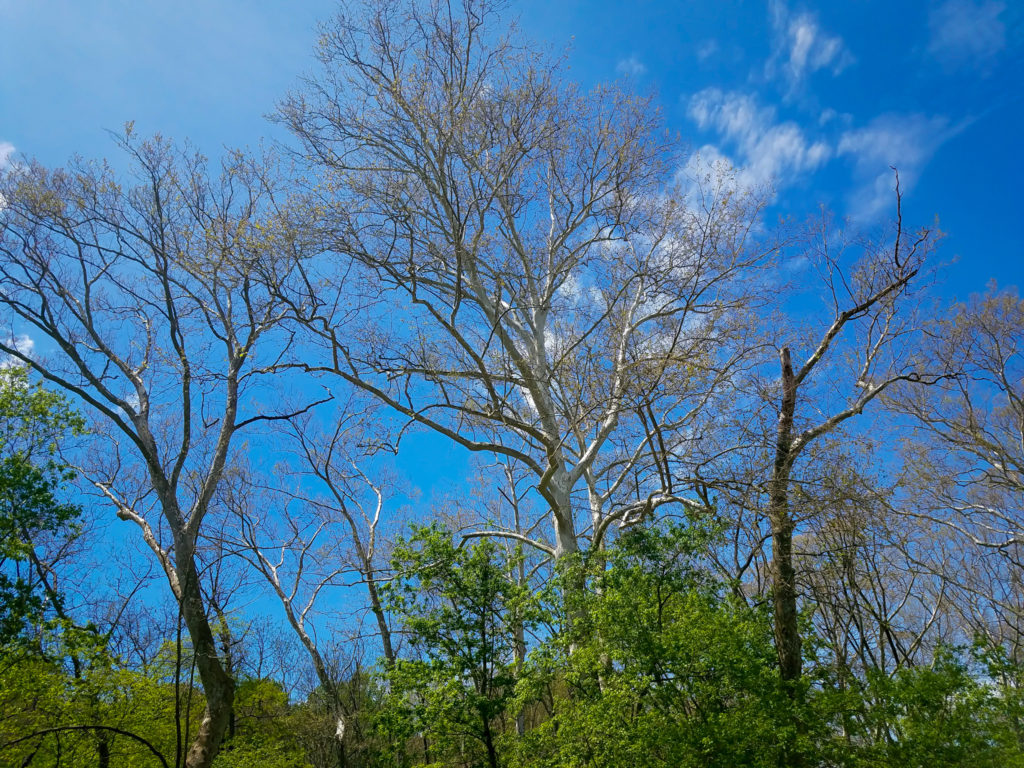
- Contact a certified arborist to have your trees’ health inspected.
- Shape your evergreens and hedges.
- Prune flowering shrubs as their flowers fade. Last chance to do so for fall-blooming camellias.
- Transplanting azaleas is still possible.
- Take cuttings from azaleas to start new plants.
- Take soft wood cuttings of plants to propagate.
- Plant trees and shrubs that have finished blooming.
- Prune boxwoods.
- Check often and water newly planted and transplanted trees if they don’t pass the “finger test” (stick your finger deep into the soil — dry? Water!)
- Begin planting trees when soil is not too wet.
- If you must mulch, remove old mulch, then add 2″ to 3″ shredded pine or pine needles, keeping 3″ away from trunk.
- Prune long shoots on shrubs to keep plant neat looking.
- Soil test established trees that have not been performing well.
- Keep mowers and trimmers away from trunks!
- Do not fertilize newly planted or transplanted plants the first year.
- Prune out Eastern tent caterpillar egg masses.
- Prune broken, dead, or diseased branches.
- Prune maples, dogwoods, birch, elm, and walnut—if needed.
- Remove fallen diseased leaves.
- Mulch or compost healthy leaves.
- Put diseased leaves, pesticide-laden grass clippings and weed seeds out for recycling rather than the compost pile.
- Spray with dormant oil to decrease pest infestations.
- Remove Ivy, Pachysandra, and other vine-like ground cover from under shrubs.
- Remove dead and dying trees.
- Pests to watch for: bagworms, caterpillars, Gypsy moths, Japanese beetles, scale, sawfly, spidermites, leafminers, and voles.
- Diseases to watch for: Apple scab, Cedar-apple, hawthorn or quince rust, Verticillium wilt, Oak leaf blister.
- For more tips, see UMD’s HGIC Garden Tips for more details.
Herbs, Veggies, and Fruit
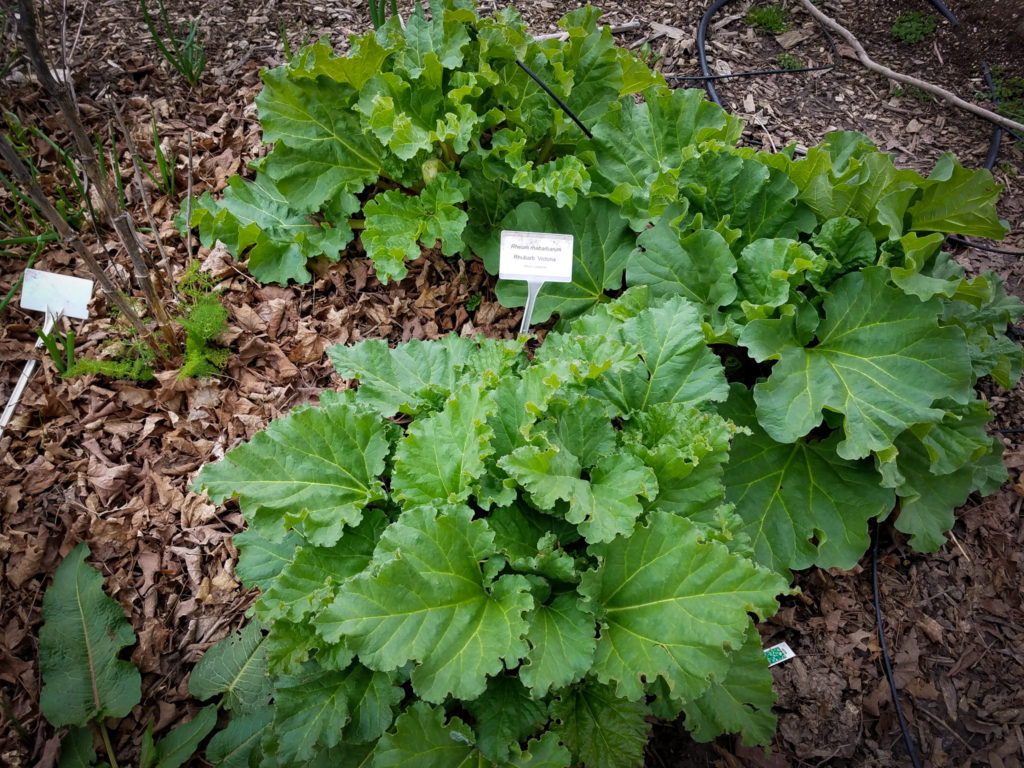
- Harvest strawberry beds daily.
- Harvest herbs to use in salads and summer dishes.
- Direct-sow vegetable seeds.
- Sow beets, beans, cucumbers, pumpkins, ans squash for fall harvest.
- Cover berry bushes and fruit trees with bird netting.
- New fruit plants — keep watered their first spring, summer, and fall.
- Build a raised bed for vegetables. Add lots of manure and compost.
- All about raised beds.
https://extension.umd.edu/hgic/topics/raised-beds
- All about raised beds.
- Tomatoes are the most common and beloved vegetable crop for home gardeners. They require relatively little space and can yield 10 to 15 pounds or more of fruit per plant. https://extension.umd.edu/hgic/topics/tomatoes
- Keep all transplants watered deeply for 2–3 weeks.
- Start hardy herbs (chives, sage, thyme, rosemary), fennel, onions, and cabbage.
- Prune grapevines.
- You can still have your vegetable garden and soils tested.
- Prune dead bramble canes.
- Prune stone fruit trees like cherries, plums, and peaches.
- Apply dormant oil spray to fruit trees.
- Hand-pick cabbage worms from cabbage and broccoli.
- Pests to watch for: Asparagus beetle, aphids, cabbage worms, cutworms, rabbits, deer, woodchucks, birds
- Diseases to watch for: Apple-scab, Cedar-apple rust
- Here are some more UMD’s HGIC Garden Tips.
Lawns
- Sharpen your lawnmower blade.
- Mow in the early evening and cut off now more than one-third of the grass height at a time. Leave clippings on the ground to provide nutrients.
- Mow high to reduce weeds and stress. Fescue & Bluegrass: 3″ – 3 1/2″ .
- Mow zoysia grass at 2″
- To control crabgrass, apply pre-emergent herbicide to lawn (when forsythia blooms drop).
- Calibrate your spreader before fertilizing.
- Fertilize Turf only if weak: apply 1 lb. N/1000 sqft
- Control wild onions in warm season turf with broadleaf weed control.
- Clean yard of all leaves and other debris.
- Turn your compost pile.
- The annual soil science calendars from the Natural Resources Conservation Service are both educational and beautifully done. The one for 2020 as well as those for previous years are available as free PDFs here: https://www.nrcs.usda.gov/wps/portal/nrcs/detail/soils/edu/?cid=nrcseprd1250008
- Diseases to watch for: brown patch, and red thread
- Pests to watch for: Grubs
- See UMD’s HGIC Garden Tips for more details.
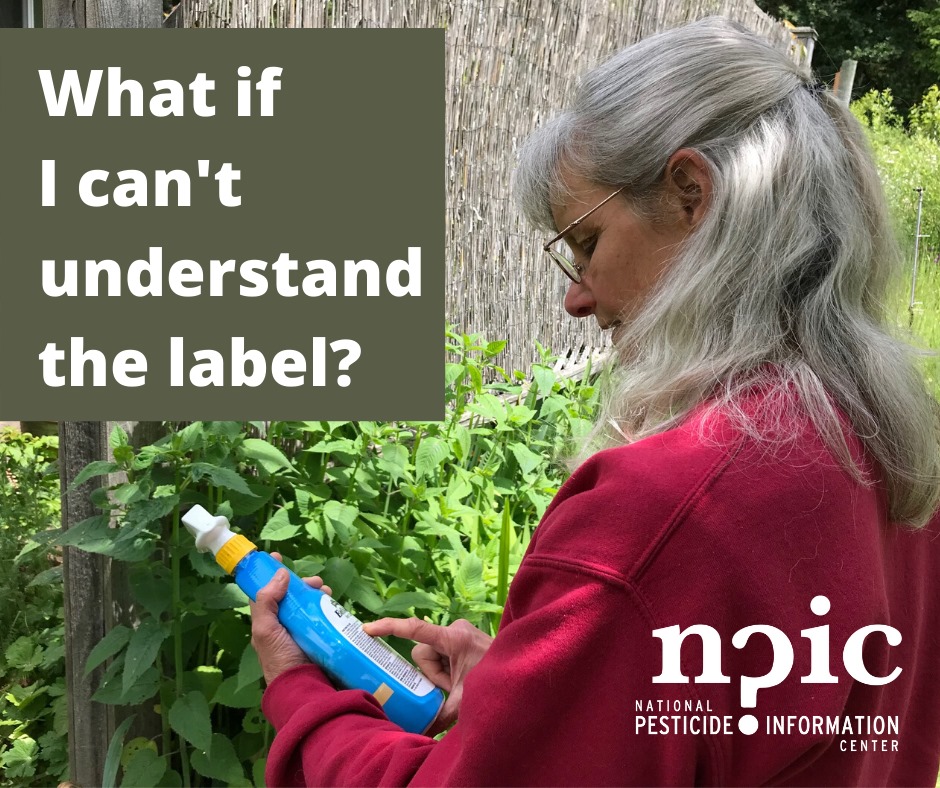
Read the label before using a herbicide or pesticide product. https://extension.umd.edu/hgic/topics/lawn-herbicide-terms | National Pesticide Information Center
Indoors/Houseplants
- Repot larger plants that are going outside for the summer.
- Begin hardening off prior to putting outside in shade for summer.
- Repot and fertilize houseplants when new growth begins.
- Rotate houseplants to promote even growth.
- Remove old leaves, damaged stems.
- Pinch out growing tips of leggy cuttings and plants that are overwintering.
- Clean the leaves of your indoor houseplants to prevent dust and film build-up.
- Start to fertilize with 1/2 strength houseplant fertilizer (every 2 weeks).
- Maintain moisture in pots wintering indoors, but do not over water!
- Pests to watch for: aphids, spider mites, mealybug, scale, whitefly
- See UMD’s HGIC Garden Tips for more information.
Indoor/Outdoor Insect and Wildlife Tips
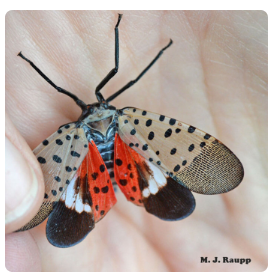
Episode 07 Mulch Podcast | The Garden Hoes Podcast
In this month’s episode of The Garden Hoes you can learn about mulching, pruning hydrangeas (~11:20), and spring lawn care (~15:50).
Native Plant of the Month: Blue Flag Iris (~20:45)
Garden Tips of the Month (~23:15)
Bug of the Month: Spotted Lanternfly (~31:00)
- Be vigilant for mosquito breeding spots—any standing water from a bottle cap to blocked gutters—and clean them out immediately. Put Mosquito Dunks in any areas that accumulate water.
- Make hummingbird food by boiling two cups sugar in four cups of water.
- Check indoors for termites and winter ants.
- Put up birdhouses.
- Keep bird feeders clean and filled.
- Ticks are very active now.
- Switch your deer deterrent spray.
- Check for vole problems and set out traps.
- Remove and destroy gypsy moth egg masses.
- Caulk and seal your outside walls to prevent wildlife from coming indoors.
- Set out traps for mice, moles, and voles.
- Watch for: carpenter ants, flies, mosquitos, stink bugs, termites, rabbits, raccoons, groundhogs, deer, mice, moles, snakes, squirrels, and voles.
- For more information, see UMD’s HGIC Garden Tips.
Source: University of Maryland’s Home and Garden Information Center (HGIC) and the Washington Gardener.
10 Fun Facts About the Baltimore Oriole
National Audubon Society
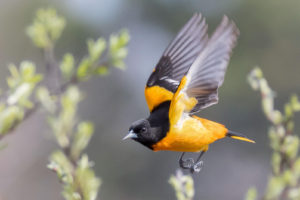
From their brief taxonomic hiatus to their intense sugar cravings, there’s a lot to know about these brilliant birds.
https://www.audubon.org/news/10-fun-facts-about-baltimore-oriole
Mill Creek Towne Garden Club Entrances Repair Project is Complete!
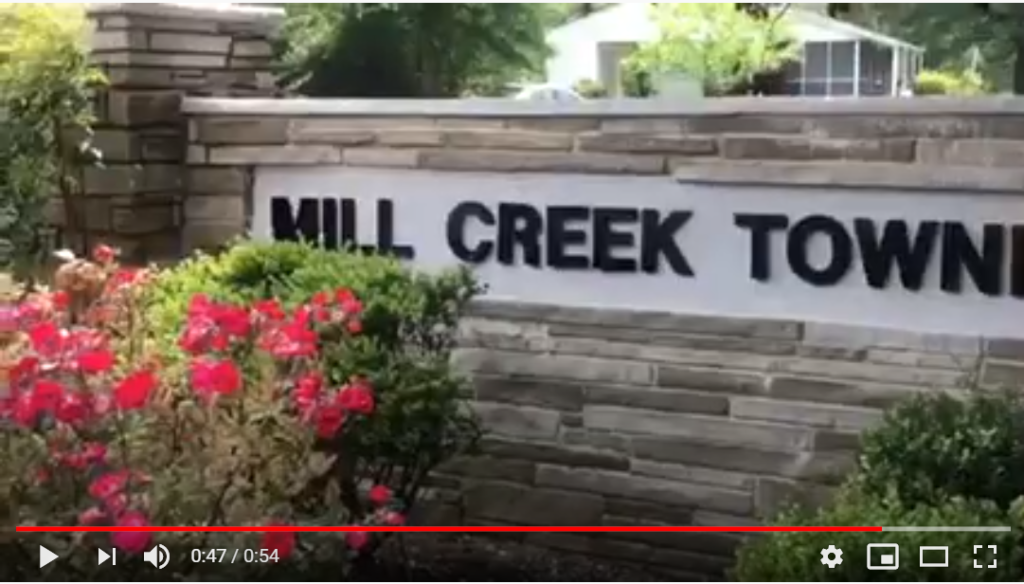
Dear Neighbors,
The hard work is done on the entrances. Thank you for your donations and Imas General Services for the masonry work. In the next few days/weeks we will be cleaning up and mulching. And every gardener knows it is best to plant in the fall. More is yet to come. See link below for video of before/after progress of the repair work.
Video and Masonry Work by Imas General Services https://www.imasgeneralservices.com/
Thanks and stay well,
Mill Creek Towne Garden Club

Montgomery County MD Food and Beverage Guide
The 2019-2020 Montgomery County Food and Beverage Guide has arrived!
This year’s Guide lists over 70 MoCo Made food and beverage producers and farmers, with products ranging from honey to craft beverages to artisanal meats and more.
Master Gardener Plant Clinics
Varied Locations, dates, and times
 |
|
What can Master Gardeners do for you?
- Help you select and care for annual and perennial plants, shrubs and trees.
- Determine if you need to test your soil.
- Provide you with information on lawn care.
- Identify weeds, beneficial and noxious insects, and plant diseases and remedies.
- Teach you how to use pesticides, mulch and compost.
- Guide you in pruning trees and shrubs.
- Provide you with options for managing wildlife.
- Provide you with gardening resources.
- Help you submit a plant sample for diagnosis
Plant Clinics are held at several sites in the county on a weekly basis and at special events such as garden festivals and the county fair. Regularly scheduled Plant Clinics are located at public libraries and farmers’ markets throughout the county as well as at the Audubon Naturalist Society in Chevy Chase. There are also clinics three days per week at Brookside Gardens. The busiest season is April through September, but some clinics are open year-round. Bring your plant samples and questions to one of these locations in Montgomery County, MD (see link below to find a location near you):
https://extension.umd.edu/mg/locations/plant-clinics
Support Our Local Farmers – Join a CSA and have fresh local produce delivered to you!
CSAs are seeing record numbers of subscribers http://ow.ly/eiQT50zD5lW – find your farmer here: http://ow.ly/jbO250zD56M
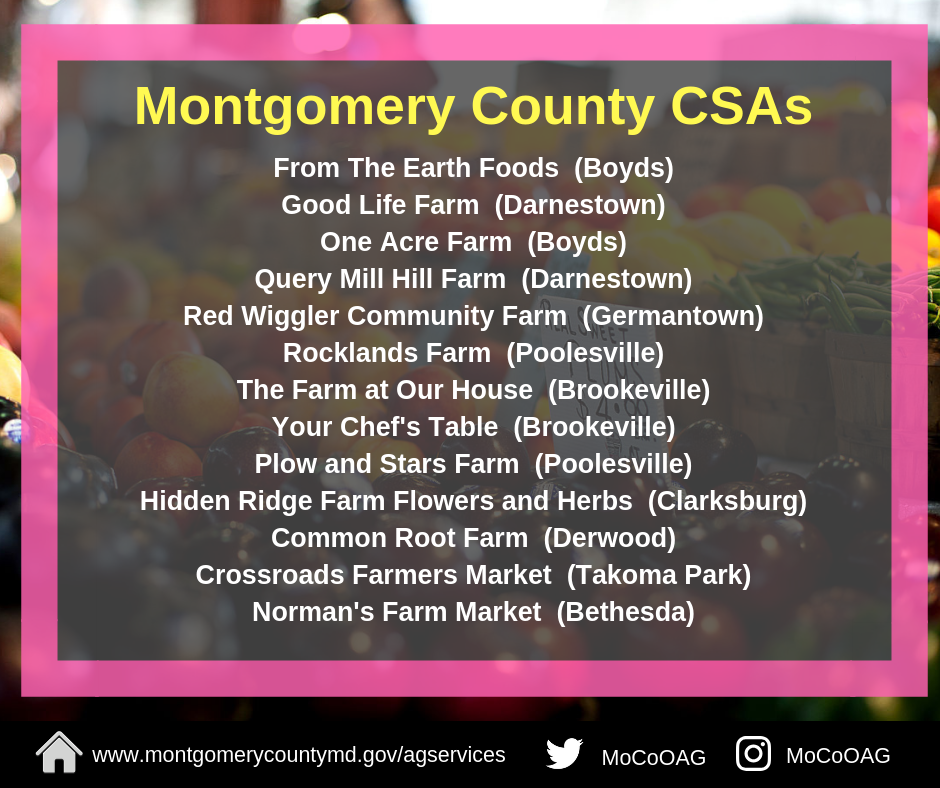
CSAs can take many forms, but essentially they are community supported farms in which members contribute to farming projects, usually by way of membership fees, in exchange for fresh, local produce. The concept came to the United States from Europe in the 1980s. They are a great way to take advantage of fresh, locally grown fruit, vegetables, herbs, and more while supporting nearby farms. Each one is different, some offer pickup locations in urban areas, some offer only farm-based pickups.
There are multiple CSAs located around the County offering a wide variety of products. CSAs begin taking sign-ups for spring and summer seasons in the early part of the year, and they tend to fill up FAST! Know of another CSA not on our list? Let us know! Montgomery Countryside Alliance also maintains a list:
http://www.mocoalliance.org/community-supported-agriculture.html
